Bubbly Freshman
The Freshman class is experimenting with the surface tension of water with bubbles. Check out the pictures below!
The surface of a liquid behaves as though it is covered by a stretched membrane. The strength of the membrane depends on the liquid. It is, for example, much higher for pure water than for soapy water. Cohesive forces that act between the molecules of the liquid without chemical bonding give rise to the surface tension. Molecules in liquids experience strong intermolecular attractive forces. When those forces act between like molecules, they are referred to as cohesive forces. When the attractive forces act between unlike molecules, they are said to be adhesive forces.
The molecules at the surface do not have other neighbors of the same kind on all sides. They experience a net attractive force toward the bulk of the liquid. This force results in a surface "film" which makes it more difficult to move an object through the surface than to move it, when it is completely submersed.
The surface of a liquid behaves like an elastic membrane. A surface molecule which is displaced by a small amount is acted on by a restoring force due to cohesive forces.
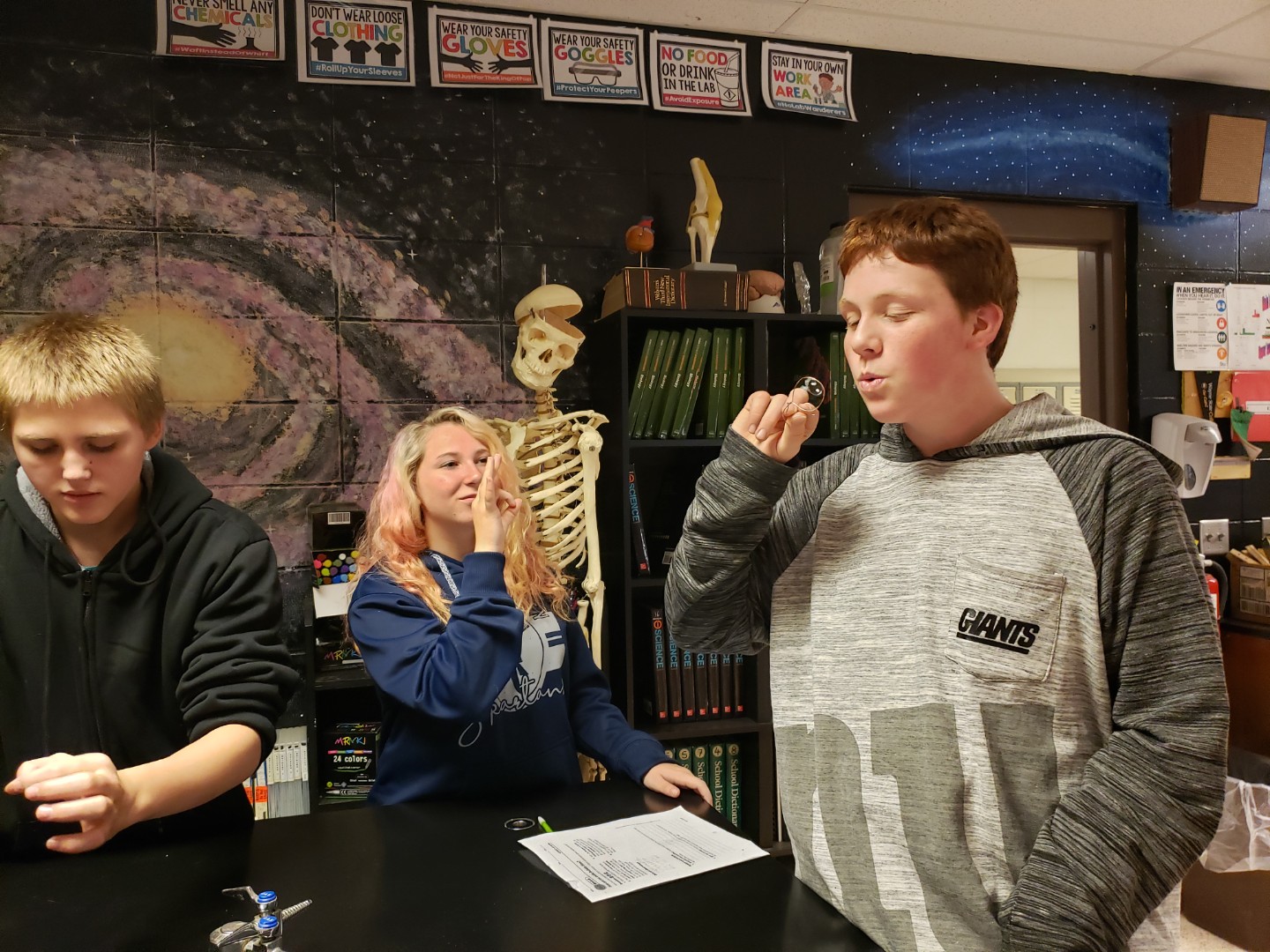
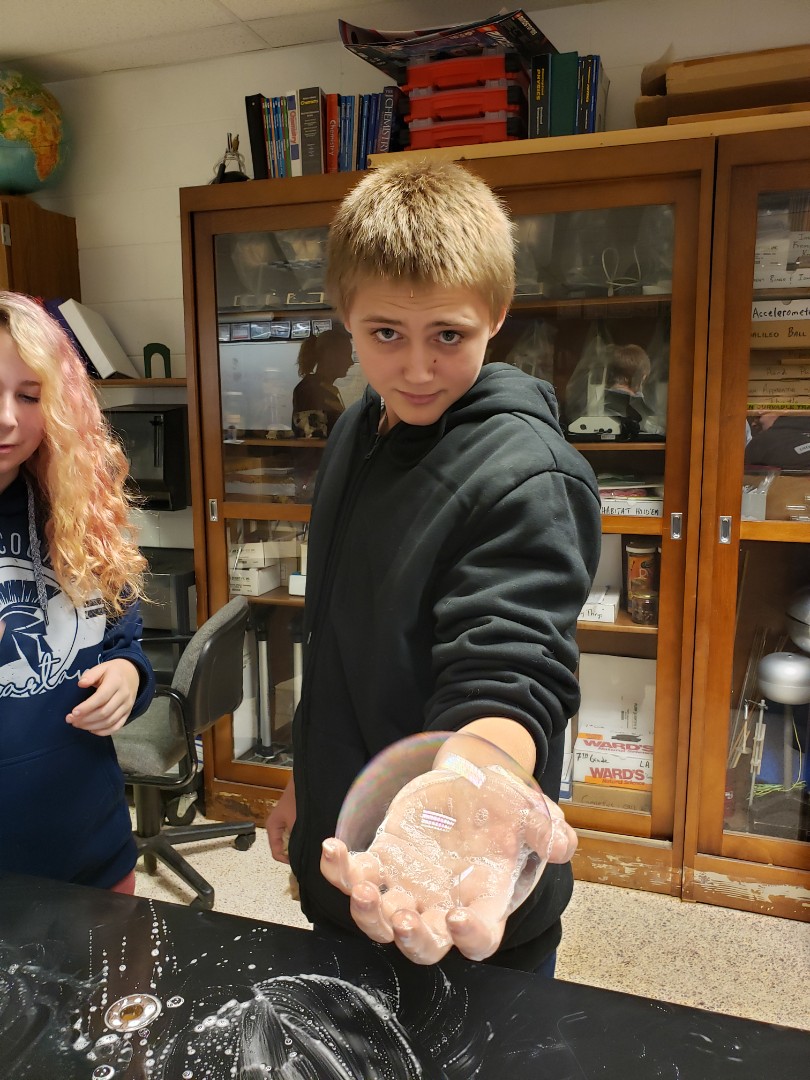
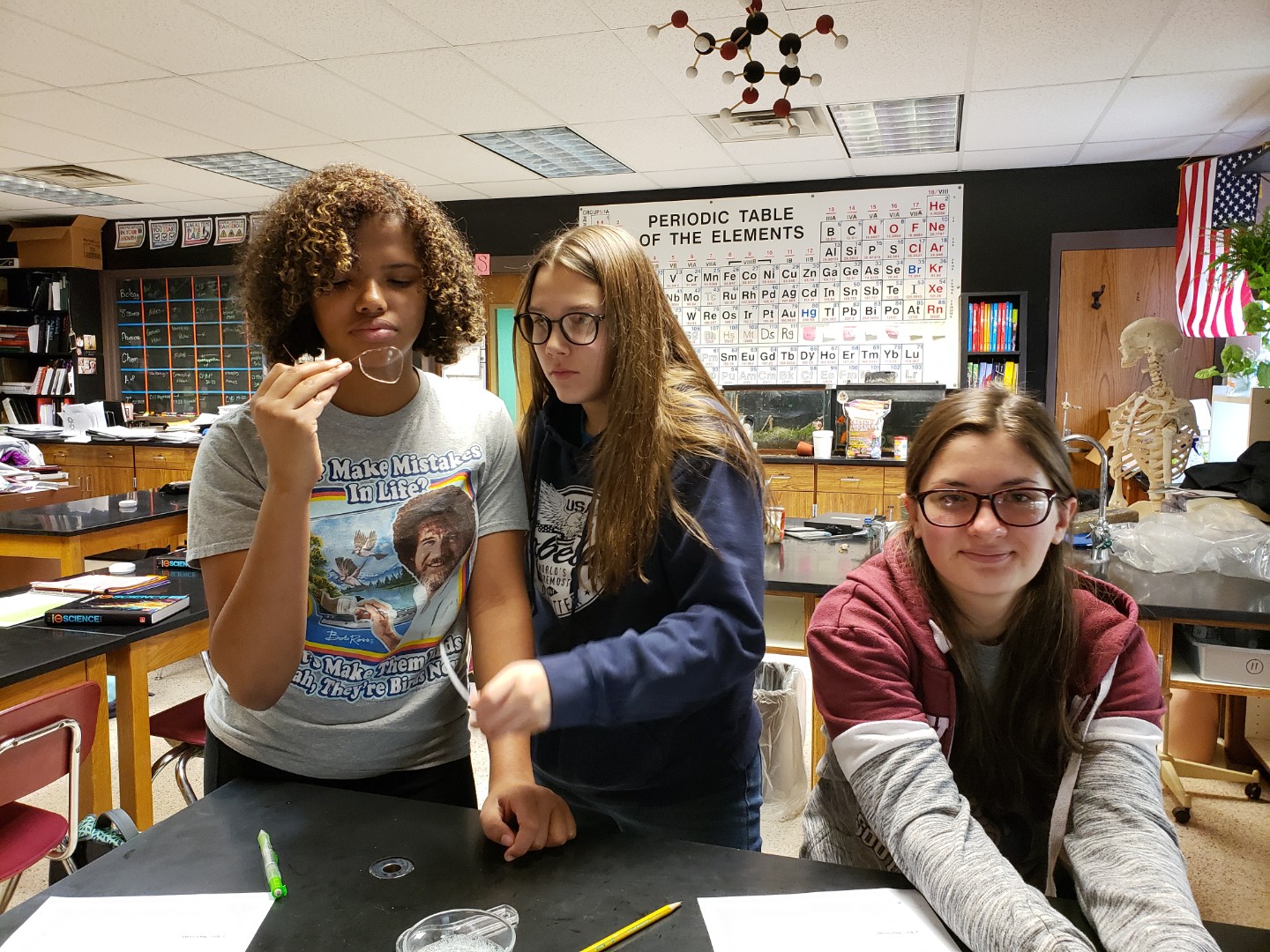
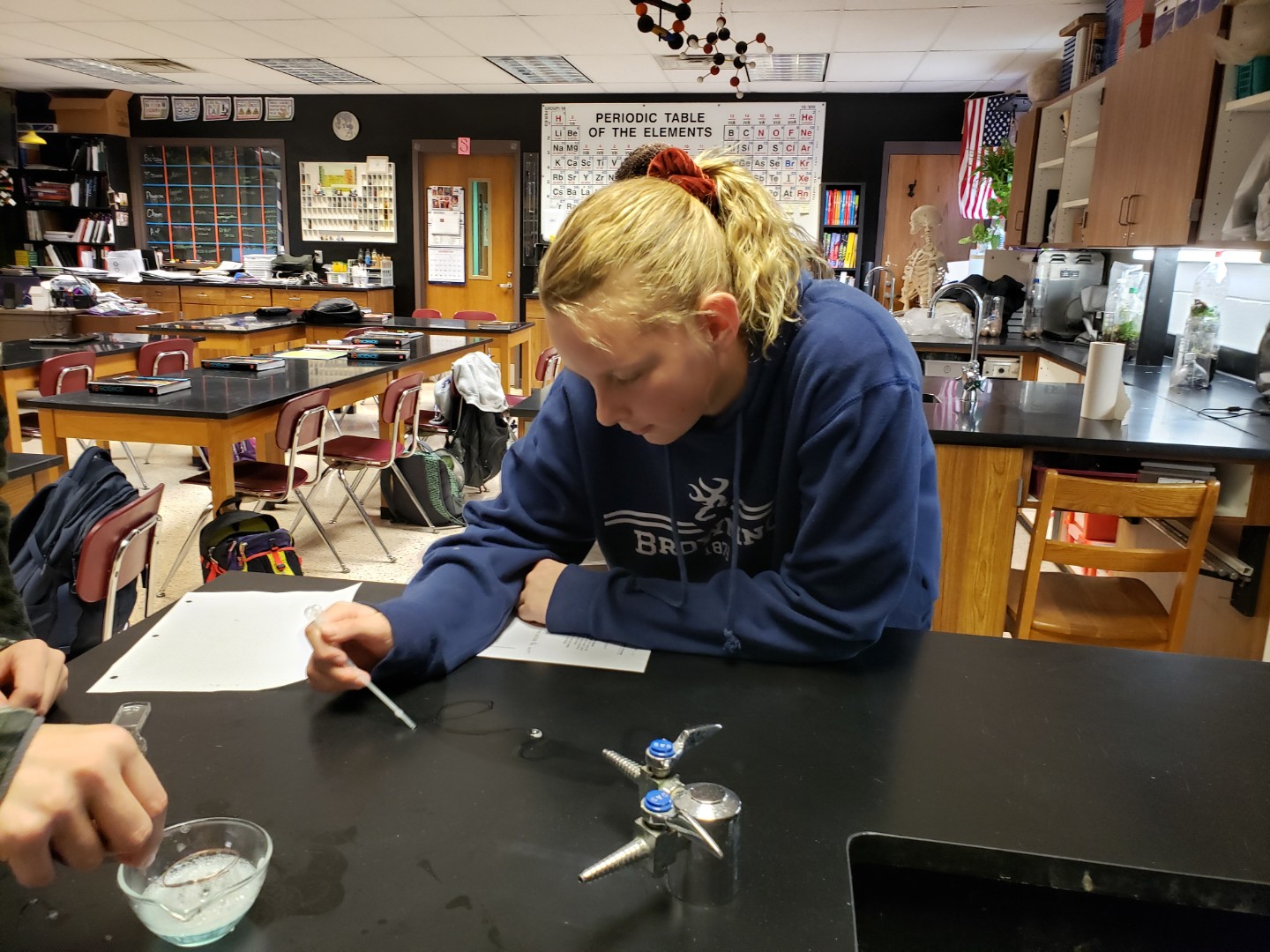
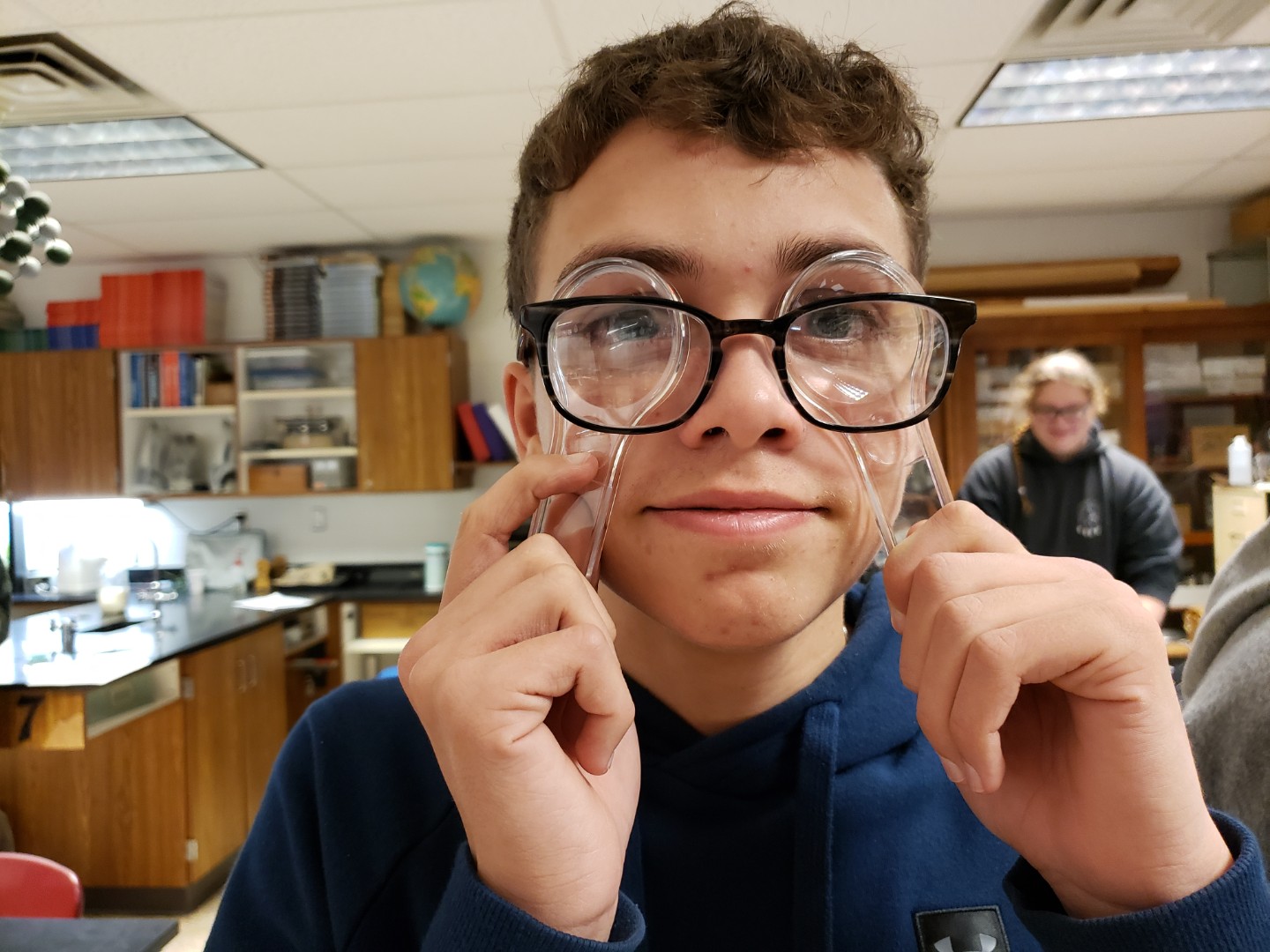
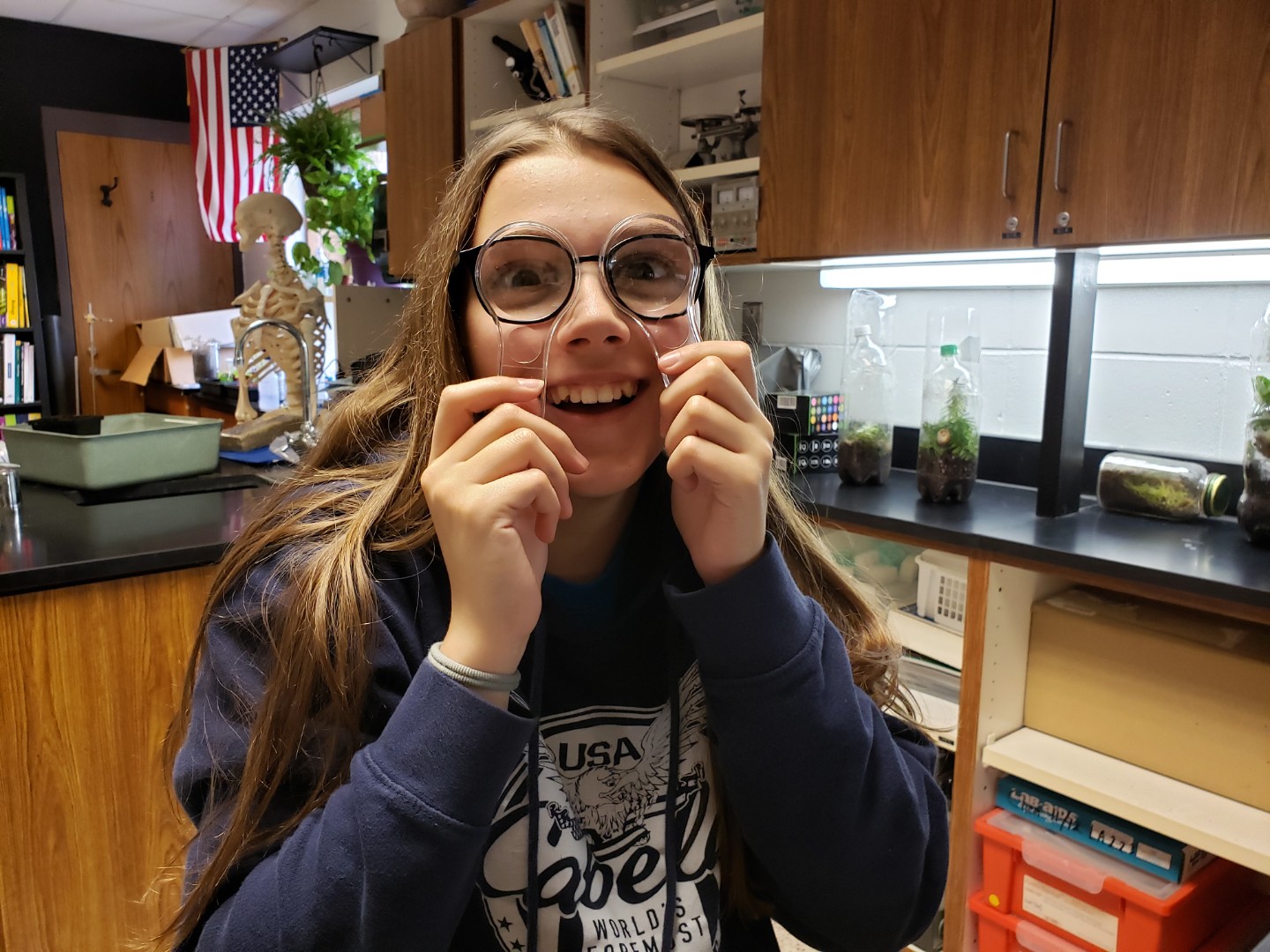
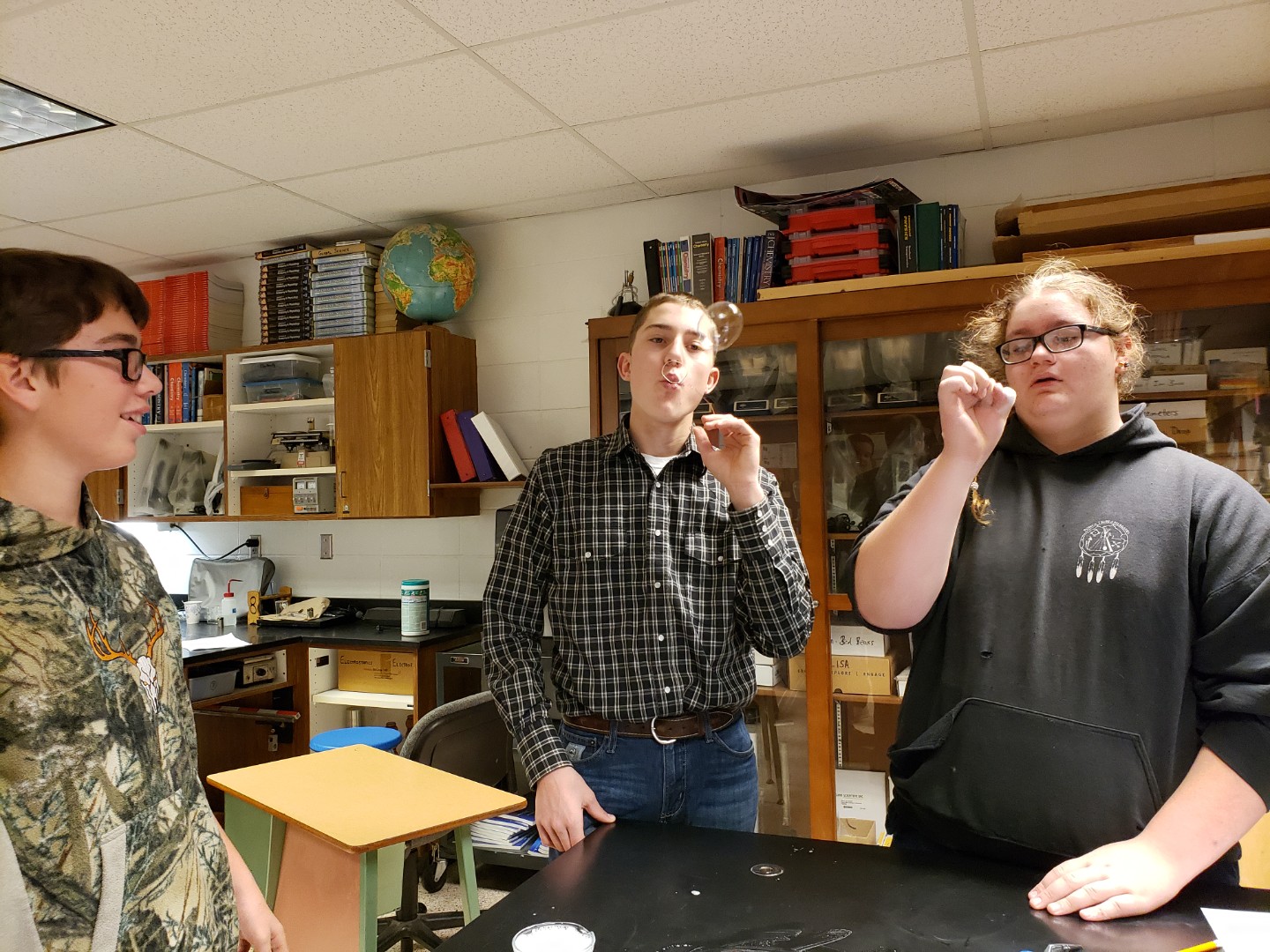
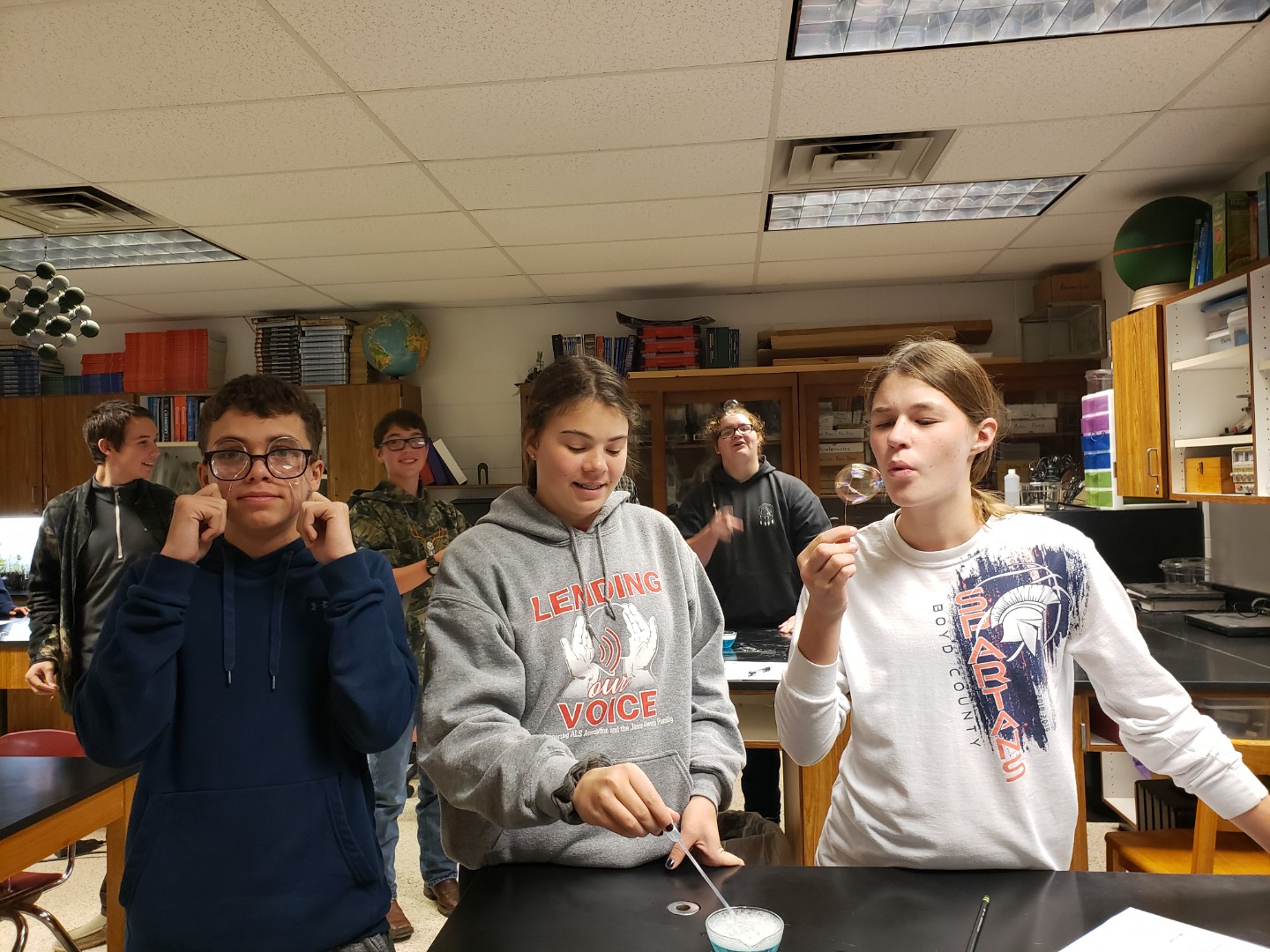
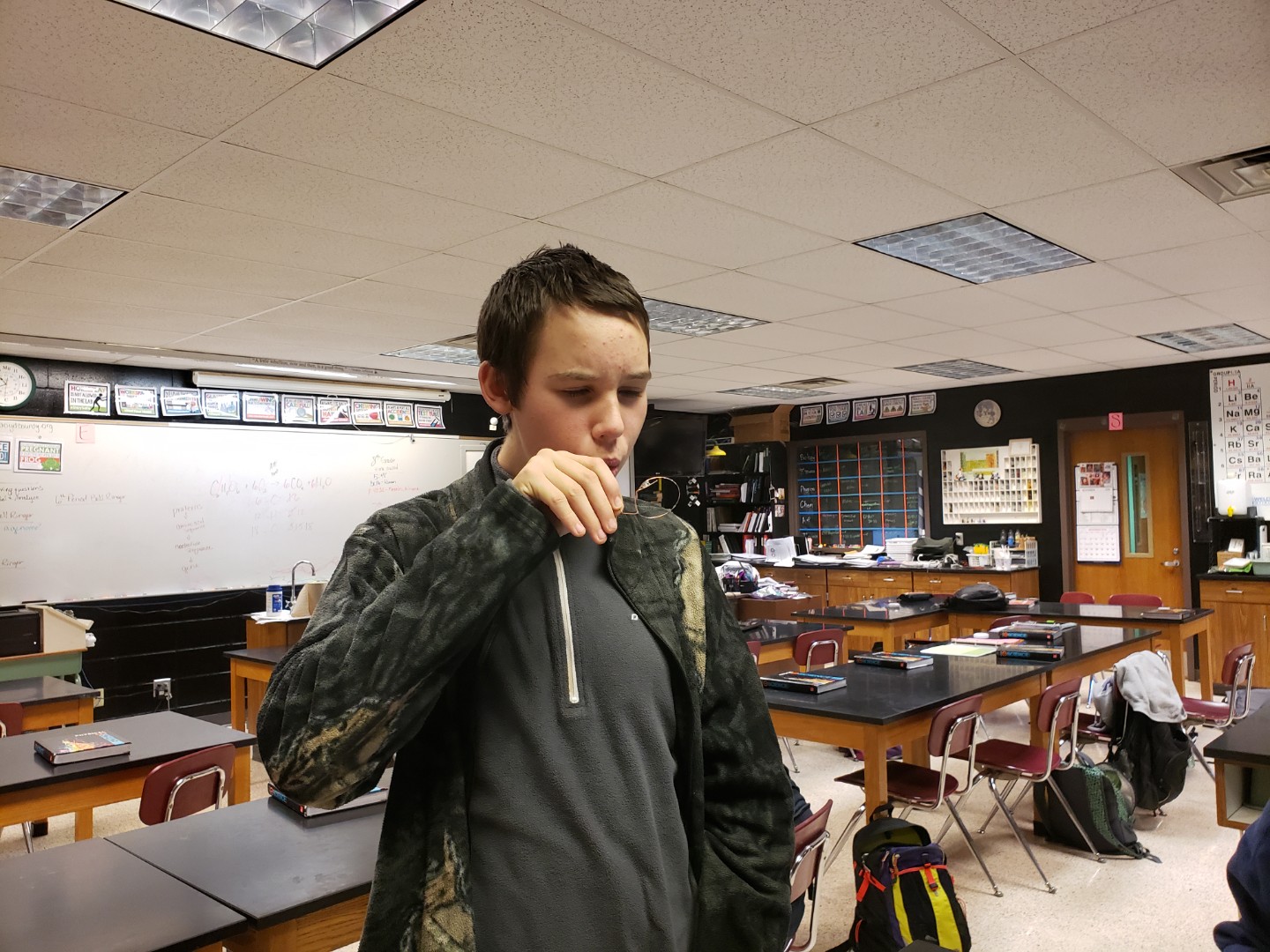




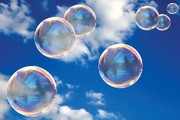 Launch the media gallery 1 player
Launch the media gallery 1 player